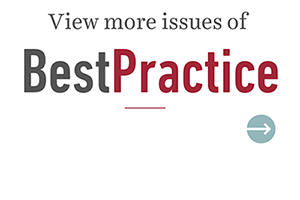By Steven R. Carson, MHA, BSN, RN
Community health care providers are in a unique position to improve blood pressure management for better overall health in underserved populations. In this article, we aim to provide you with an overview of information and resources to help you meet those goals.
Controlling High Blood Pressure HEDIS Measure: TCIN Practice Performance
Controlling High Blood Pressure (CBP) is one of the HEDIS measures that enables TCIN practices to earn an incentive for performance improvement. The practice Medicaid Members must perform 5.0% better than the Health Partners Plan group average in order to earn the incentive payment.
Overall, the attributed TCIN practices performed better in the Blood Pressure Control measure than the HPP group average. The attributed TCIN practices performed at a rate of 52.31% which was the same as the Temple group rate of 52.9%, and HPP group averaged performed at a rate of 48.05% for Contract Year 4, FY21.
The HEDIS data received December 2021 from Health Partners Plan shows that the TCIN Tier 2 Excel Medical Practice, LLC performed well in the measure for Contract Year 4 (FY21). Also, the EXCEL practices are the only TCIN Tier 2 practices that met the threshold for achievement in the Blood Pressure Control measure for Contract Year 4. The data shows that all of the attributed TCIN EXCEL Medical practices with the exception of the recently acquired Parkstone Medical Practice achieved the Blood Pressure Control metric and each EXCEL practice earned an incentive payment.
The Guidelines: Diagnosis and Management
Staying up-to-date with the most recent ACC/AHA guidelines is vital. Here are highlights of guidelines for diagnosing and managing blood pressure:
